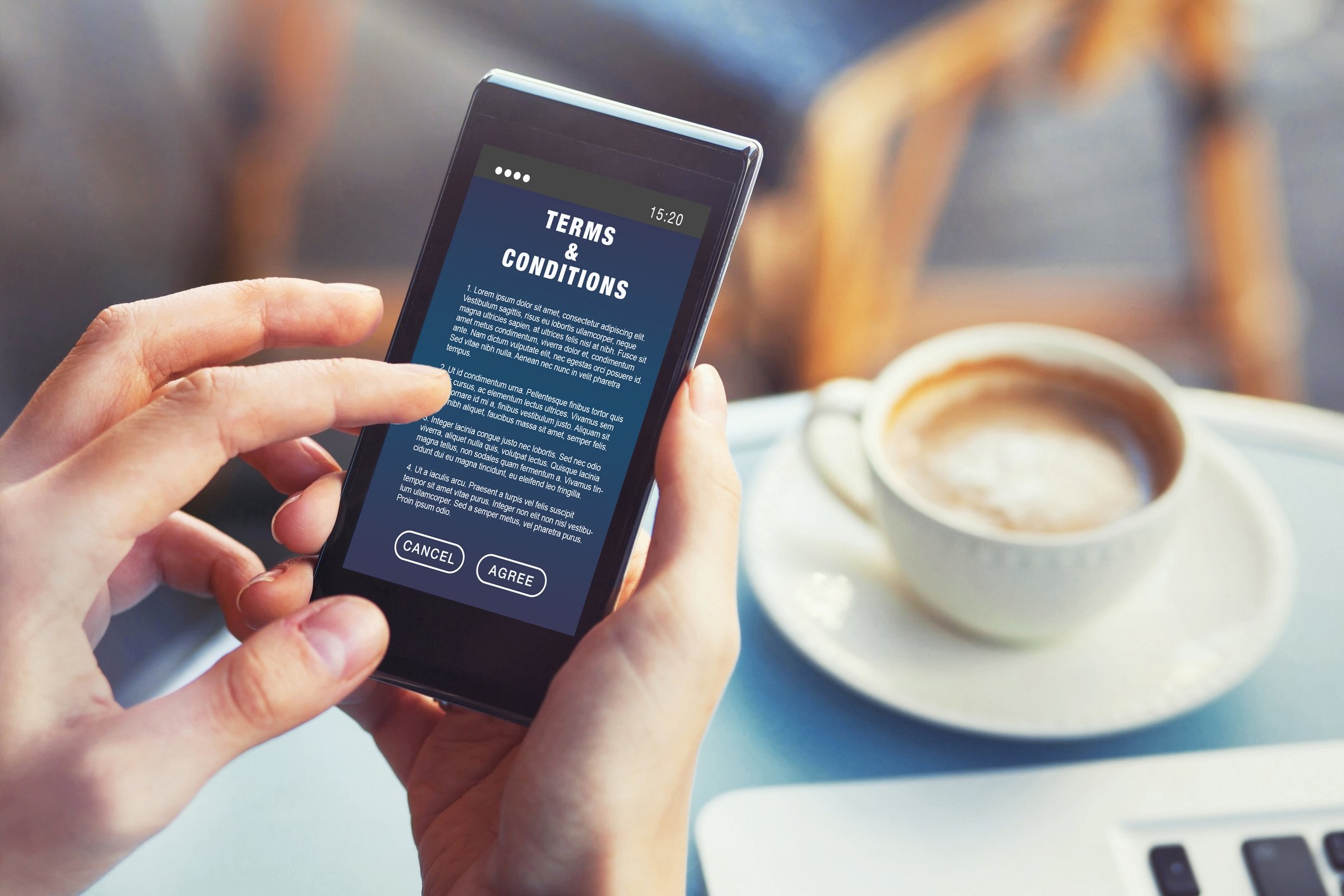5 tactics to manage B2B loyalty program tier status downgrades
A bumpy ride for tiers – 5 tactics to manage loyalty program tier status downgrades without demotivating your participants
by Dr. David Cox
Many loyalty and incentives programs have built status tiers to segment and reward their most active, profitable, engaged and loyal participants. Indeed the success of tiers in fostering loyalty, growing share of wallet, distributing hard and soft benefits and driving incremental purchases has been highlighted in the academic literature, industry case studies and award winning programs.
Whilst the success stories pull a number of program sponsors and architects towards deploying a tier structure, there are a number of pit falls that destroy the integrity and motivational pull of loyalty programs if the tier strategy is not properly planned.
Recent studies and indeed our own observations show that the number one problem with tiers is how to manage those participants that no longer qualify for a tier (either due to their purchase level falling, disengagement or change in their personal circumstances). Research, both academic and undertaken by Motivforce, shows that when a participant has been bumped to a lower tier they active cultivate anti loyalty behaviors and start to actively engage in variety seeking behavior to engage with a competitor program. The feeling of failure in not being able to maintain a higher status tier and resentment manifest itself in disloyal behavior.
So the challenge to loyalty program managers is how to soften the “tier downgrade” and instill the required motivation to help the participant to reclaim their higher status level. Many program managers have now realized this affect and have developed tactics such as grace periods, whereby participants’ tier status is extended for another year as a gesture of goodwill, giving them opportunity to undertake sufficient activities to re-qualify for the elite tier status without losing any soft or hard benefits.
Whilst grace periods have proven to be very successful in B2C programs, they need to be complimented by a resource tool kit in B2B programs, as business partner disengagement (manifest in dwindling sales, laggards in embracing new products and technology, lack of product knowledge and skills development) are symptoms of bigger problems within that business partner firm.
We recommend the following Top 5 Toolkit Tactics, before simply downgrading a B2B participant’s tier status:
Use your detailed program analytics to try and pinpoint the areas of performance decline. These analytics will help craft a bespoke tool kit solution to try and reinvigorate the business partner
With the analytical assessment schedule visits to the Business Partner to discuss the analytics and gain further insights into the challenges that Business Partner may be facing,
Provide access to request generators and online support to provide ongoing assistance,
Fine tune co-funded marketing activities or other tactics to help generate sales and value added activities
Renewed focus on skill development and product education.
Simply downgrading a once prominent and high achieving program ambassador to a lower tier, without cushioning the blow and providing suitable tools to reverse the decline only serves to push them into the arms of your competitor.












Transform B2B loyalty with tiny habits. Discover the "Atomic Loyalty" approach for lasting relationships.